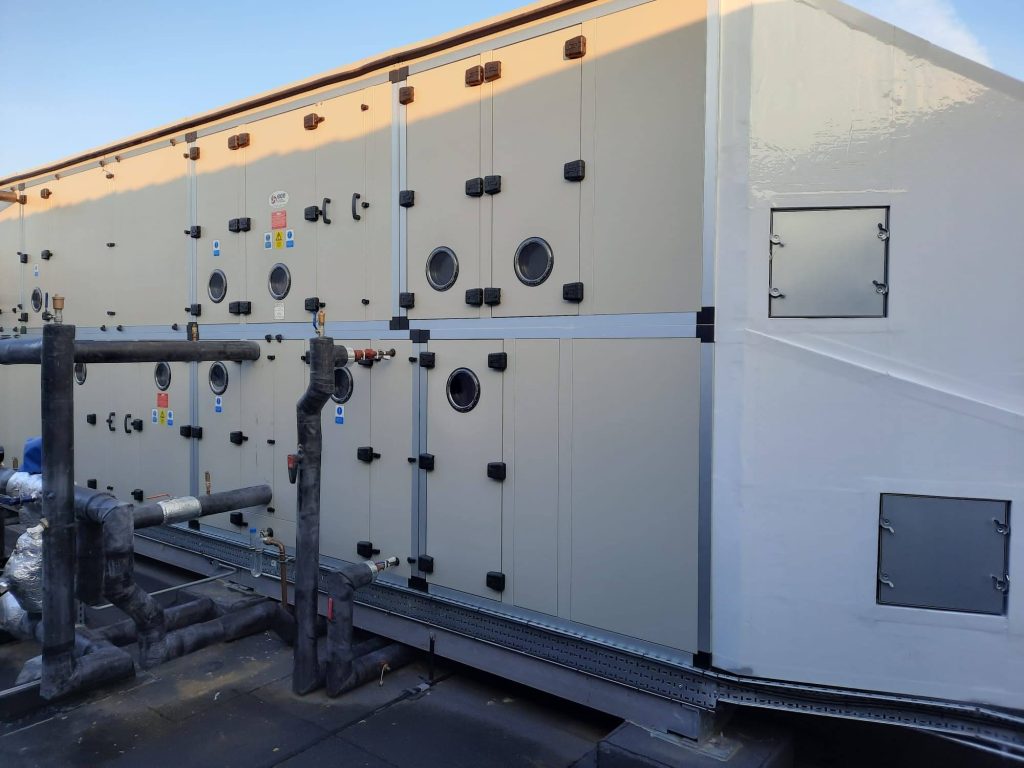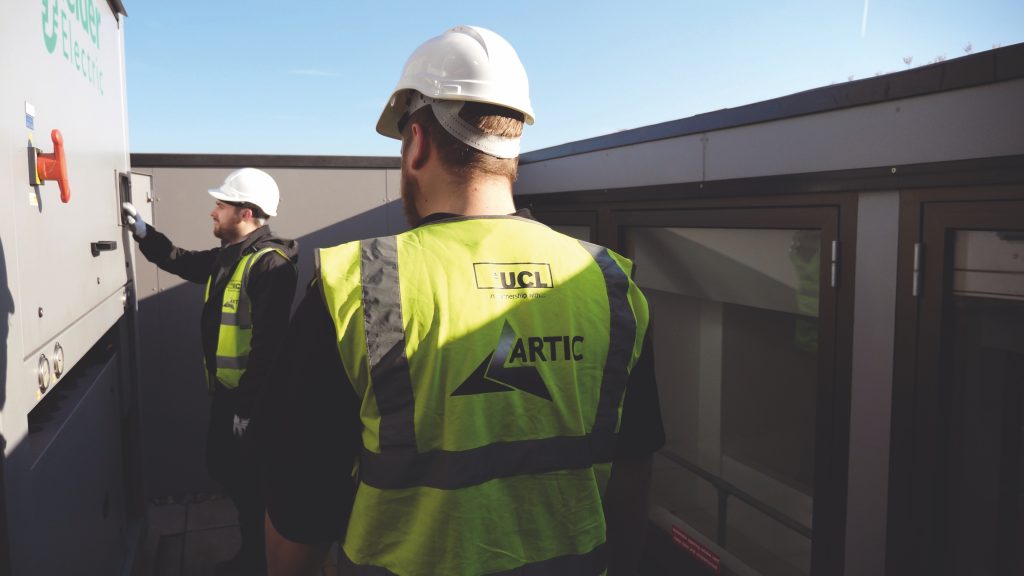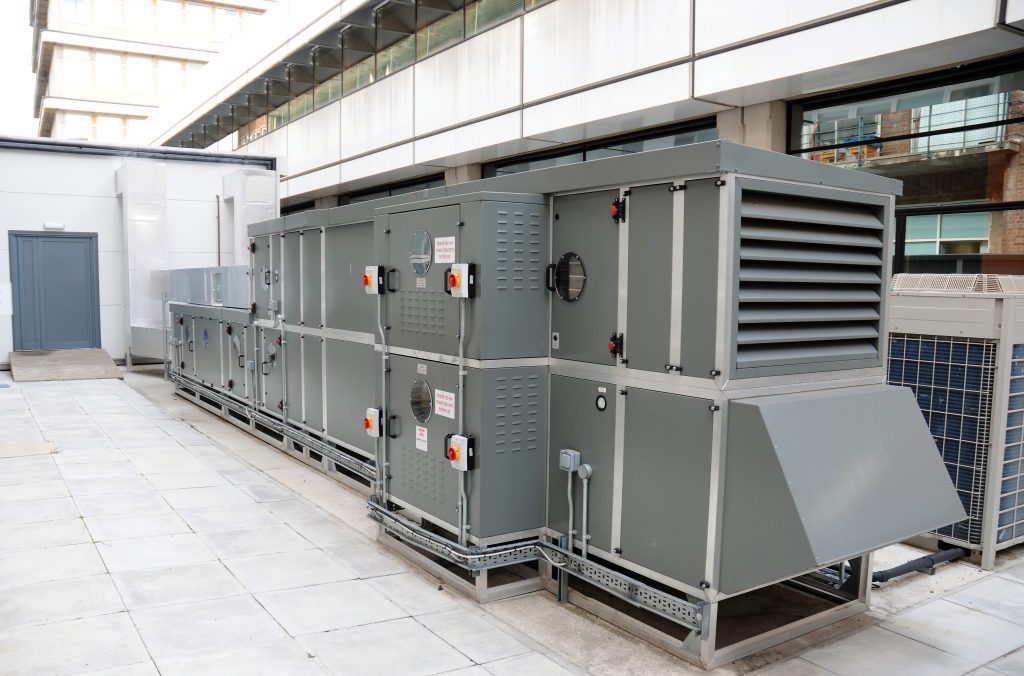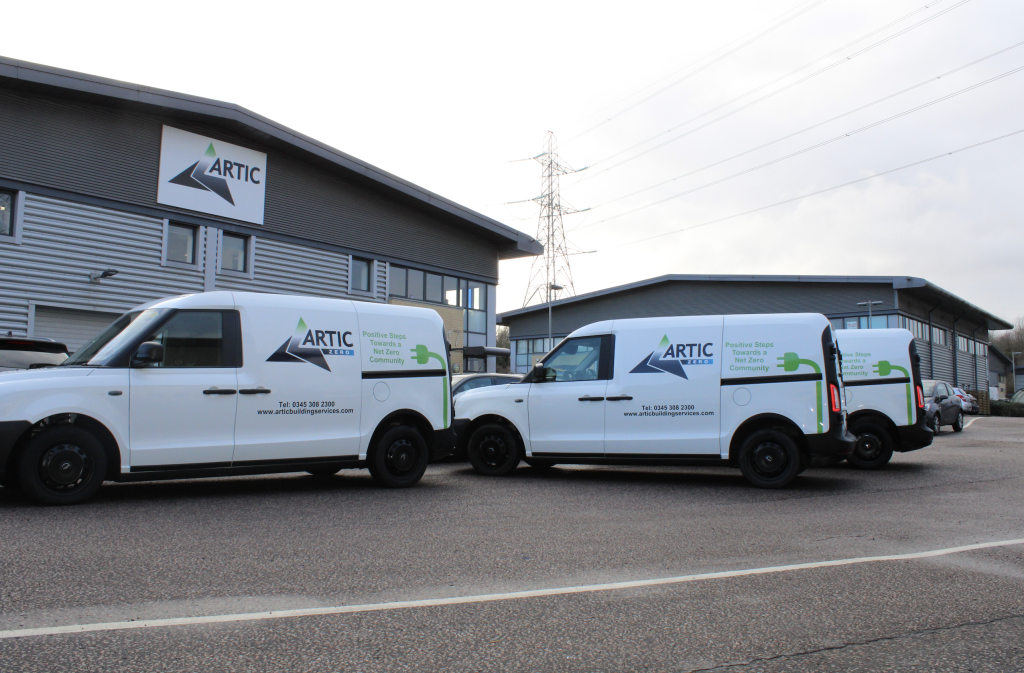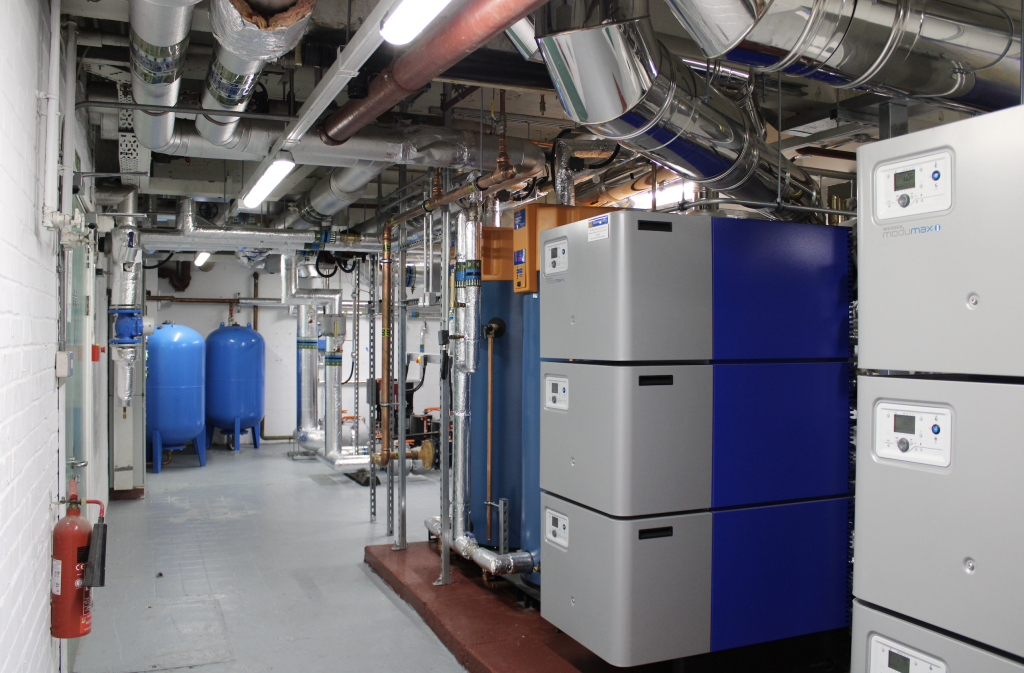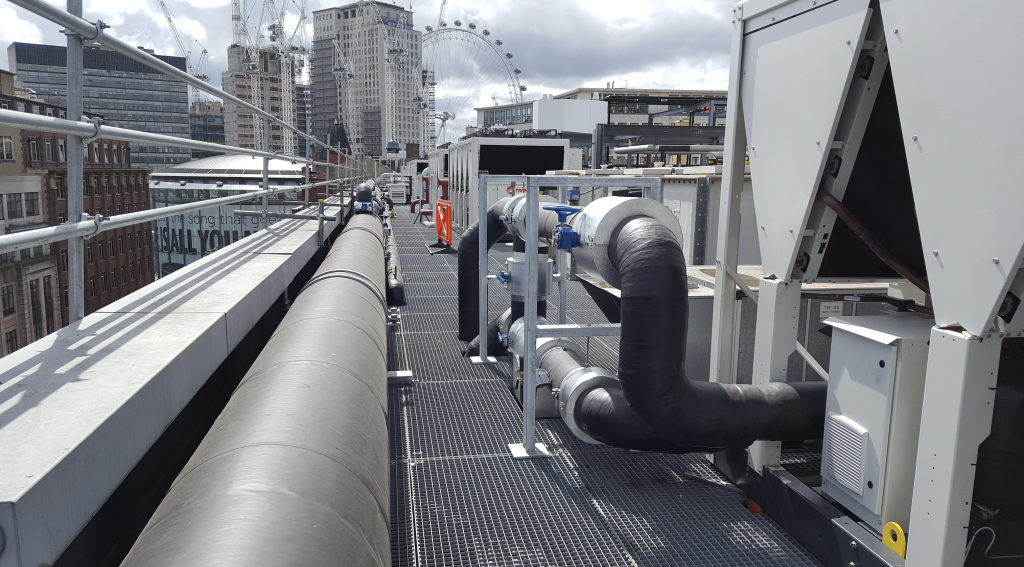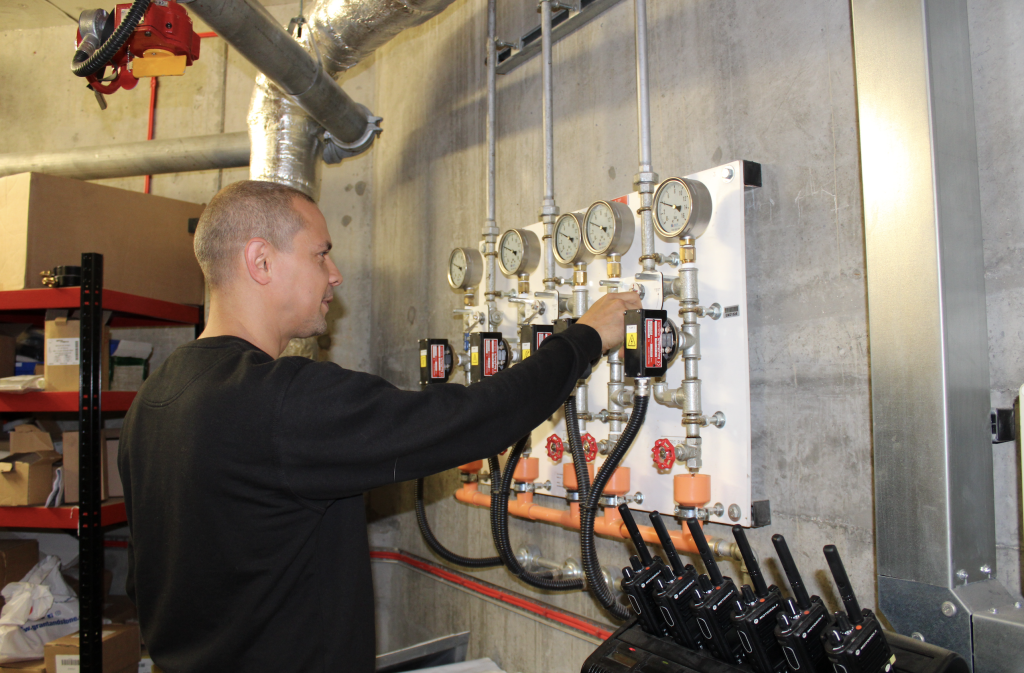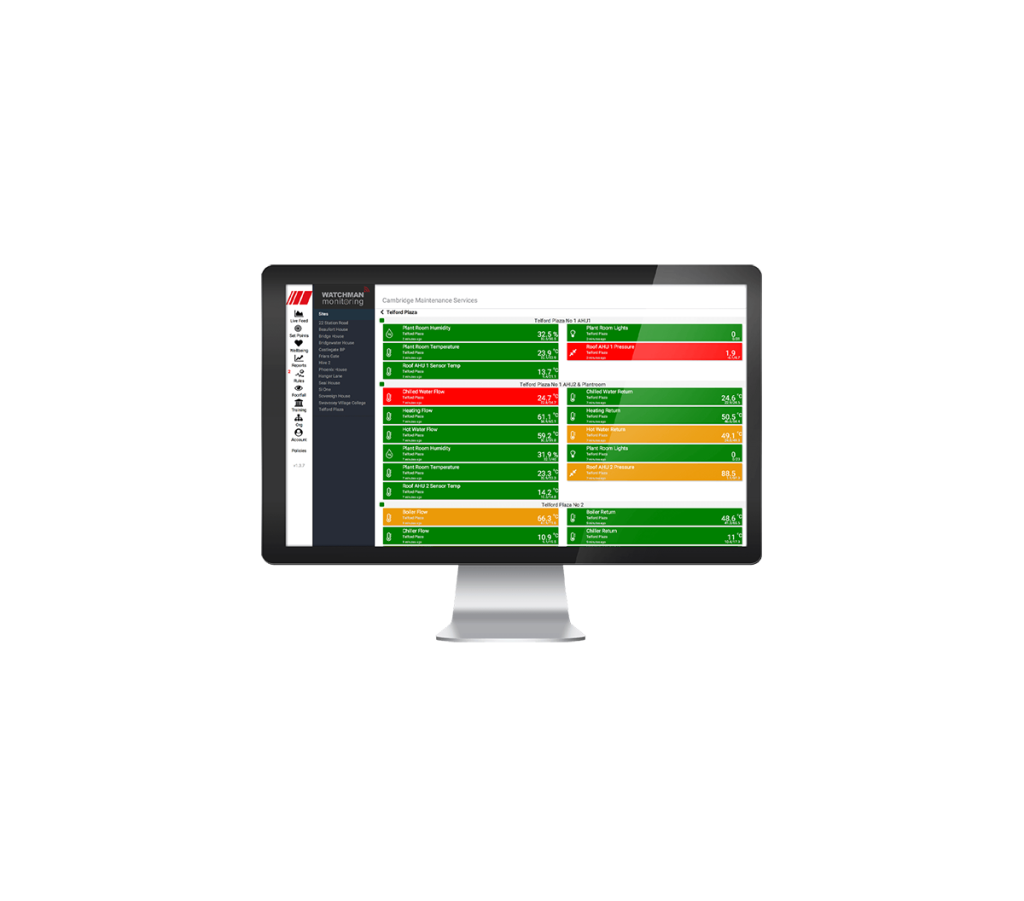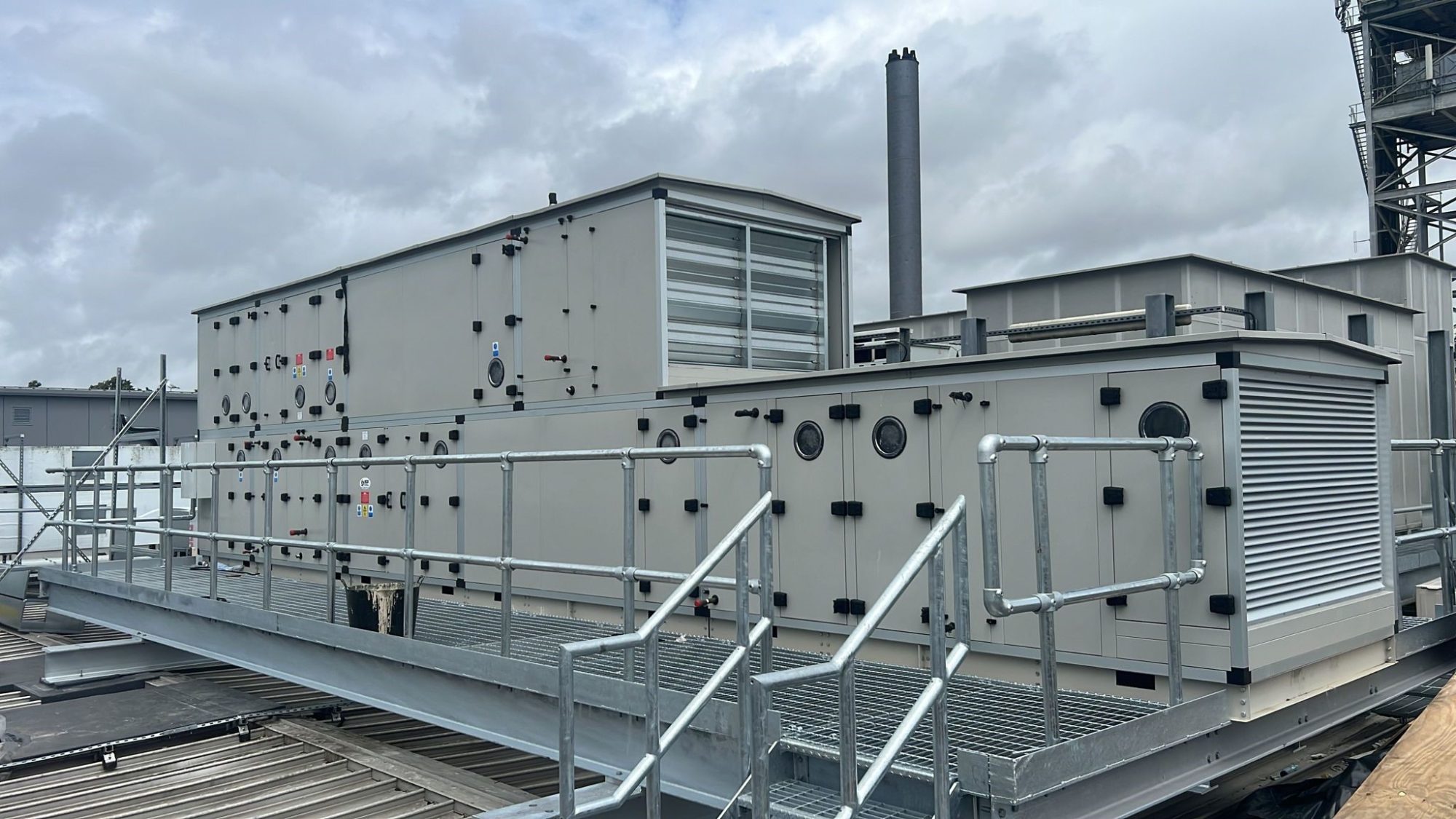
Sustainability has become a significant concern in the facilities management industry as organizations are looking for ways to minimize their environmental impact while keeping up with the latest technology. This white paper will explore how facilities management can incorporate sustainable practices while utilizing advanced technology.
Challenges Faced:
Facilities management faces various challenges when it comes to sustainability, such as rising energy costs, increasing regulations, and limited resources. Additionally, keeping up with the latest technological advancements can be a daunting task, especially for small to medium-sized organizations.
Implementing Sustainability in Facilities Management:
To address these challenges, facilities management can implement sustainable practices by:
- Conducting an Energy Audit – The first step towards sustainability is to identify areas of energy waste. Conducting an energy audit can help organizations identify areas where they can cut down energy usage and reduce their carbon footprint.
- Upgrading to Energy-Efficient Technology – Facilities management can utilize advanced technology to reduce energy consumption. Upgrading to energy-efficient lighting, heating, ventilation, and air conditioning systems can significantly reduce energy costs.
- Implementing a Green Procurement Policy – Facilities management can implement a green procurement policy that encourages the purchase of eco-friendly products, such as energy-efficient equipment, green cleaning supplies, and low-emission vehicles.
- Reducing Waste – Facilities management can implement waste reduction strategies, such as recycling programs, to minimize their environmental impact.
Benefits of Sustainable Facilities Management:
Incorporating sustainable practices in facilities management can lead to various benefits, such as:
- Cost Savings – Energy-efficient technology can significantly reduce energy costs, and implementing a waste reduction program can minimize disposal costs.
- Positive Public Image – Adopting sustainable practices can enhance an organization’s public image and attract environmentally conscious customers.
- Compliance with Regulations – Facilities management can comply with environmental regulations by adopting sustainable practices.
Conclusion:
Incorporating sustainable practices in facilities management is crucial to minimize an organization’s environmental impact while keeping up with advanced technology. By conducting an energy audit, upgrading to energy-efficient technology, implementing a green procurement policy, and reducing waste, facilities management can reduce costs, enhance their public image, and comply with regulations.
Sustainability has become an essential consideration for facilities management in the modern world. Organizations are becoming increasingly aware of their environmental impact and are looking for ways to minimise it while keeping up with the latest technological advancements.
In this white paper, we will explore how facilities management can incorporate sustainable practices while utilising advanced technology to create an eco-friendly and efficient working environment. We will discuss the challenges faced by facilities management, the benefits of implementing sustainable practices, and the strategies that can be used to achieve this goal.
Organisations are facing increasing pressure to reduce their carbon footprint, improve energy efficiency, and minimize waste generation. At the same time, they need to keep up with the latest technological advancements to remain competitive in the marketplace. Facilities management plays a critical role in achieving these goals, as it is responsible for the operation and maintenance of the physical assets that enable an organisation to function effectively.
At the same time, facilities management can take advantage of the latest technological advancements, such as energy-efficient lighting and HVAC systems, to minimize energy consumption and reduce the organization’s environmental impact.
To implement sustainable practices in facilities management while keeping up with the latest technological advancements, organisations can consider the following strategies:
- Conduct an Energy Audit – Conducting an energy audit is an effective way to identify areas of energy waste and opportunities for improvement. An energy audit can help organisations prioritize their sustainability efforts, develop a sustainability plan, and track progress towards their sustainability goals.
- Utilize Energy-Efficient Technology – Upgrading to energy-efficient technology, such as LED lighting, smart HVAC systems, and renewable energy sources, can significantly reduce energy consumption and costs while minimizing the organisation’s environmental impact.
- Implement a Green Procurement Policy – Adopting a green procurement policy can encourage the purchase of eco-friendly products and services, such as green cleaning supplies, sustainable furniture, and low-emission vehicles.
- Minimize Waste Generation – Implementing waste reduction strategies, such as recycling programs, composting, and reducing paper usage, can significantly reduce the organisation’s environmental impact while also saving costs on waste disposal.
- Invest in Sustainable Building Design – Designing sustainable buildings from the outset can provide long-term benefits, such as energy savings, improved indoor air quality, and enhanced occupant comfort.
By implementing these strategies, facilities management can achieve sustainability goals while keeping up with the latest technological advancements. Organisations can also engage in employee training, awareness campaigns, and other sustainability initiatives to create a culture of sustainability within the organisation.
Benefits:
Implementing sustainable practices in facilities management while keeping up with the latest technological advancements can provide various benefits, such as:
- Cost Savings – By utilizing energy-efficient technology and implementing waste reduction strategies, facilities management can significantly reduce operating costs, leading to long-term cost savings.
- Improved Public Image – Organizations that prioritize sustainability can enhance their public image, attract environmentally conscious customers, and improve their brand reputation.
- Compliance with Regulations – Implementing sustainable practices can help organizations comply with environmental regulations and avoid potential fines or legal issues.
- Increased Productivity – A sustainable and efficient working environment can increase employee productivity, satisfaction, and well-being, leading to better overall performance.
- Future-Proofing – By keeping up with the latest technological advancements and implementing sustainable practices, facilities management can future-proof their operations and remain competitive in the marketplace.
- Environmental Benefits – Sustainable practices can significantly reduce an organization’s environmental impact, contributing to a healthier planet and a better future for all.
Overall, implementing sustainable practices in facilities management while keeping up with the latest technological advancements can provide numerous benefits, making it an essential consideration for organizations looking to improve their operations and contribute to a more sustainable future.
In conclusion, it is evident that sustainability has become a crucial factor for facilities management, with organisations facing increasing pressure to reduce their carbon footprint and minimise their environmental impact. Implementing sustainable practices while keeping up with the latest technological advancements can help facilities management achieve these goals and provide various benefits, such as cost savings, improved public image, and increased productivity.
